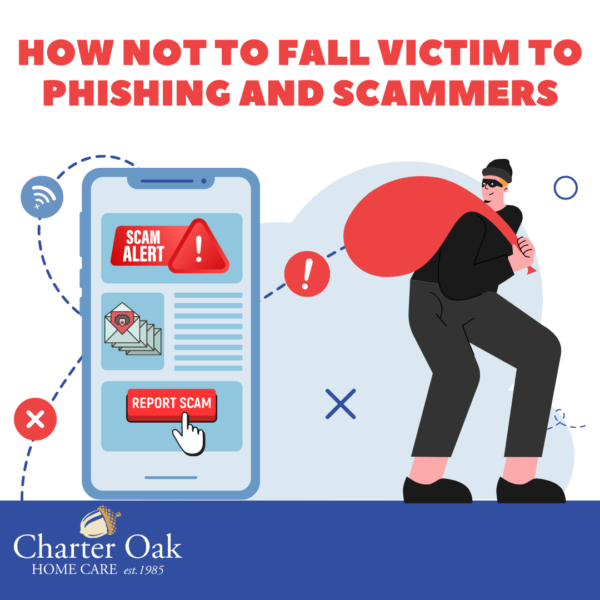
We have seen it before, you receive an email saying that your credit card or bank account has been compromised and that you need to update your login information. Perhaps you have received an urgent call from someone claiming to be from a branch of the government such as the IRS or FBI saying that they need to secure your account but need some key information such as your date of birth and social security number to verify your identity.
Needless to say, the amount of phishing (sending fraudulent emails), cyber crime and phone scams has increased alarmingly across the country in recent years. In their article “Phishing Scams & Attacks,” Internet security company Splunk estimates over, “3.4 billion phishing emails are sent every day… in 2023 alone, 33 million data records are expected to be compromised due to phishing attacks.” Many of these attacks are aimed at a large audience and are not specifically targeted.
The cost of scams is massive. In 2023 alone, Forbes reports in their “Phishing Statistics by State in 2023” that there were over “300,497 phishing victims with a total loss of $52,089,159 in the U.S. alone.” This number is likely much higher as many do not report their losses to the FBI. Alarmingly, older adults account for a disproportionately large percentage of victims of scams.
Fortunately there are several steps you can take to protect yourself and your loved ones from cyber crime and scammers. Below are some suggestions to make you and your family more secure.
Steps to take for you online security:
- Use multi-factor authentication (MFA) – this means that you need to verify your identity on another device such as a cell phone. MFA makes it so that even if a hacker gets your email and password they will have difficulty getting into your account without a code sent to your phone.
- If you have a question about the authenticity of an email check the email address it comes from. Particularly check the domain name which is the unique name that appears after the @ sign in an email address
- Look into credit monitoring services which will alert you of unauthorized accounts being opened in your name
- Make sure your passwords are at least 12 digits in length and do not store all passwords in one location on your computer
- Update your phone and computer’s software often. Hackers will often take advantage of security gaps in old software to access your device. New software updates generally have fixes for known security flaws.
Steps to take when you receive a suspicious call:
- Understand that government agencies will never call to demand personal information or money
- Do not trust caller ID. Many criminals are able to change the number they are calling from
- Do not call back the phone number from the caller ID
To sum up, if you receive a suspicious call or email, slow down and do not react quickly. Call the organization the email or caller claims to be from such as your bank or login to their website directly. Do not click on any suspicious links and tell a family member or friend what happened. By spreading awareness of the tactics scammers use we can help keep our loved ones safe.
